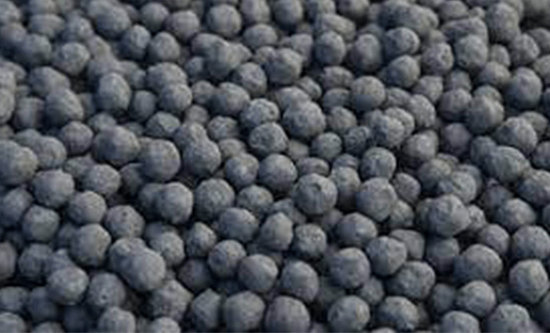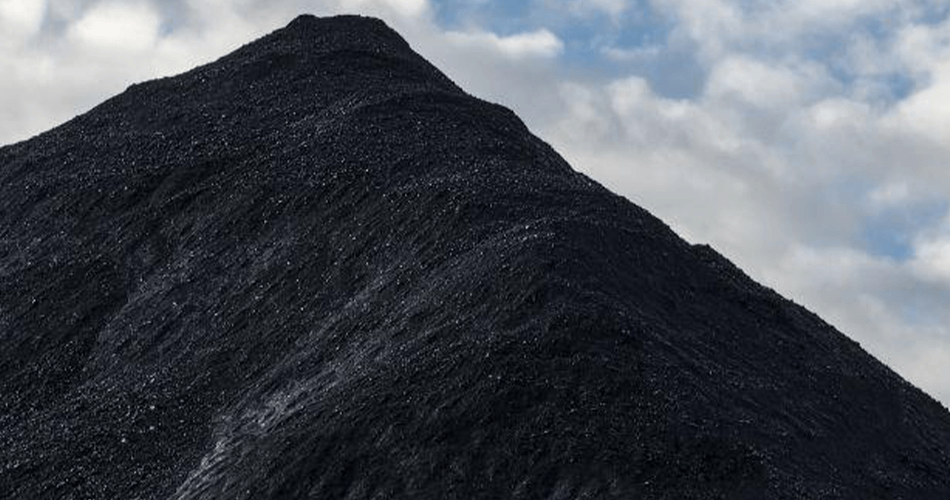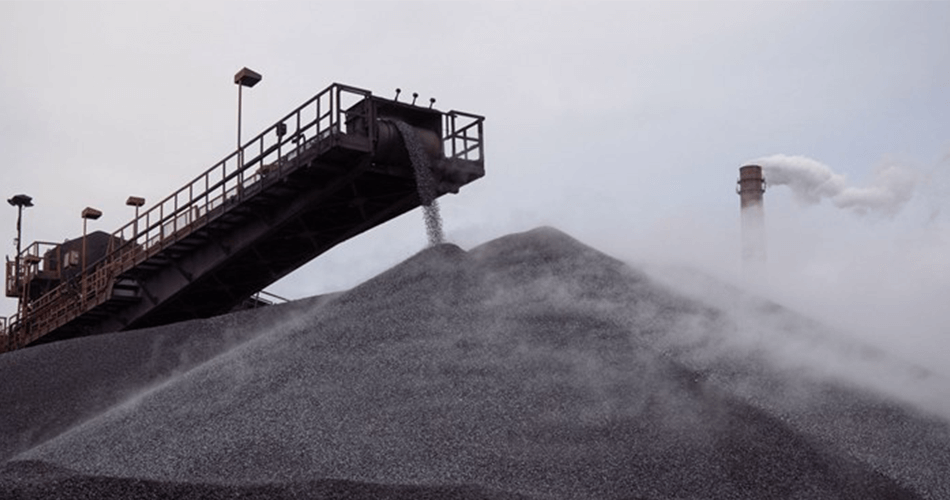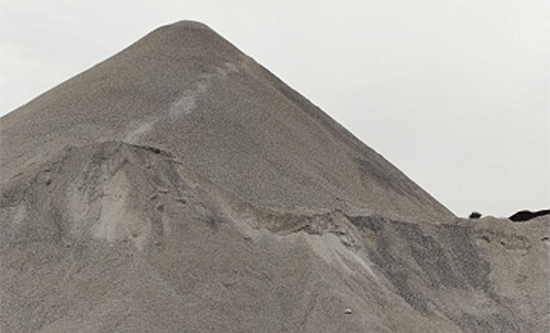Coal plays a dual role in the process by acting as a reductant as well as a fuel for providing heat to maintain the requisite temperature inside the kiln at 850-1050 C. The process reduction occurs in solid-state. The crucial factor in this reduction process is the controlled combustion of coal and its conversion to carbon monoxide to remove oxygen from the iron ore.
The basic reduction reactions in a coal based DRI process is as follows:
The overall production process inside the kiln requires a duration of 10-12 hours during which the iron ore is reduced and discharged to a rotary cooler for cooling below 1000C, to prevent reoxidation and effect a better separation of non-magnetic from sponge iron.
By-products from Sponge Iron Kilns are effectively put through a process of recycling meant to lessen any adverse effects on the environment. Flue gases are channeled to produce Steam and Electrical Power from Waste Heat Recovery Boilers and Steam Turbo Generators.
The quality of sponge iron is primarily ascertained by the percentage of metallic content (iron) present in the product. The properties of sponge iron typically produced at MIEPL are shown below




